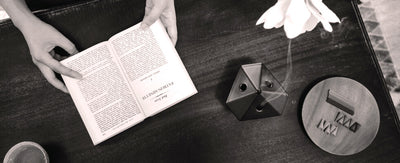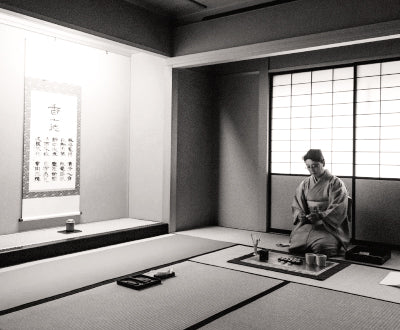SIZURO SANDALWOOD (WOOD CHIPS) - 5 g
- How to use -
For those wanting the ultimate user experience: please use this product with the incense burner. You also will need Pale Blue Incense Burner, Mica Plate, Incense Ceremony Tools - 7 pc set, Extra Fine Ash, and Tadon Charcoal.
For those wanting a no hassle user experience:
- Find any small linen sachet bag and put some wooden chips. Use as a scented sachet.
- Place inside a card case, wallet, or purse.
- Beautifully packaged, perfect for a small gift.
WARNING:
Do not burn the wood chips. Please be careful when dealing with fire.
Please keep out of reach of children and pets.
Do not use for other purposes.
Size:W110 x H195 D5 (mm)
Ingredient: Sandalwood Chip (Approx.5g)










































































